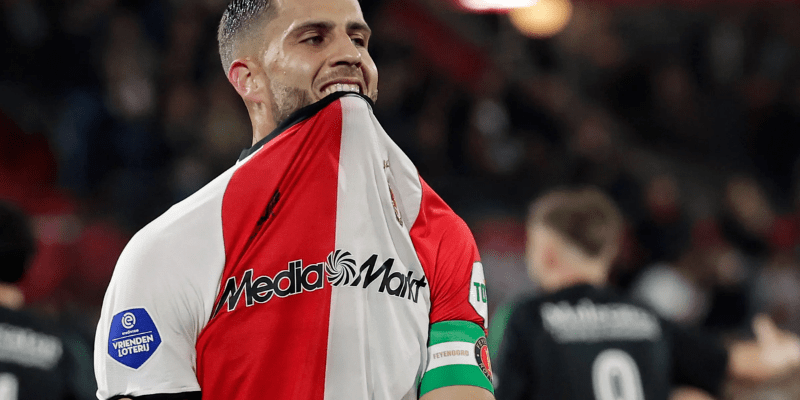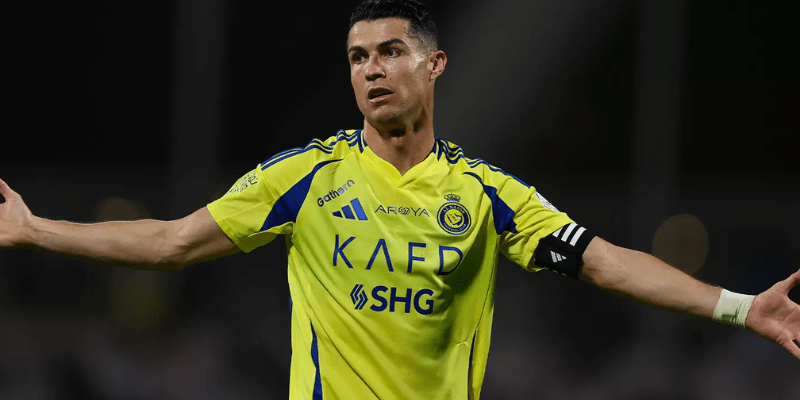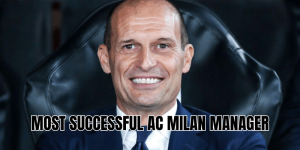Feyenoord’s transfer record tells a story of ambition, identity, and transformation. In this article, DiorDribble invites you to explore the evolution of the Feyenoord transfer record — not just in numbers, but in how each transfer shaped the club’s trajectory. We dive into the biggest signings and sales, the recent record-breaking deal, and what it all means for the future of Rotterdam’s football pride.
What Does “Transfer Record” Mean For Feyenoord?

Before diving into names and numbers, we first clarify the concept. “Transfer record” for a club generally refers to:
- Record incoming signing
- Record outgoing sale (the most revenue the club ever earned from selling a player)
Both figures carry symbolic weight. A club that breaks its incoming record signals ambition, while a record sale shows its ability to develop talent prized by the global market. For Feyenoord, these records have shifted in recent years — and the latest transfer shows just how far the club is reaching.
The Old Guard: Previous Transfer Highs

The Incoming Benchmarks
Historically, Feyenoord didn’t engage in astronomical spending. Until very recently, their top incoming deals hovered in the lower millions. Among the most notable:
- Dávid Hancko was long considered Feyenoord’s costliest signing. Reports indicate Feyenoord paid around €8.3 million for Hancko.
- Other high-profile signings include Ayase Ueda, reportedly acquired for roughly €8 million, and Luka Ivanušec, whose transfer also made the list of most expensive arrivals.
- Meanwhile, Quinten Timber, signed, was billed as a “record” capture at his time — around €8.5 million.
These are not small sums, but for a club of Feyenoord’s stature—even among Dutch elites—they were modest compared to the giants of Europe.
The Departures That Shaped Feyenoord’s Balance Sheet
On the flip side, Feyenoord has had more dramatic stories in outgoing transfers. Some key exits:
- Luis Sinisterra’s 2022 move to Leeds United is widely cited as Feyenoord’s most lucrative sale, with figures around €25 million (and possibly higher with bonuses).
- Dirk Kuyt’s switch to Liverpool in 2006 also stood for years as a benchmark — a roughly £10 million move at the time.
- Rick Karsdorp, sold to AS Roma in 2017, commanded a fee of about €14–15 million with add-ons, becoming one of Feyenoord’s top exit deals.
- And then, in the modern era, Mats Wieffer’s 2024 transfer to Brighton reportedly smashed the outgoing record with a fee near €30 million.
These exits underscore how Feyenoord often relies on its youth development and scouting acumen to generate gains.
Sem Steijn: The New Apex of Feyenoord Spending

In the summer of 2025, Feyenoord made history. They triggered a transfer that eclipsed all previous outgoing and incoming records.
- The club secured the services of Sem Steijn from FC Twente in a deal widely reported as €10 million guaranteed, with potential bonuses pushing the total up to €13 million.
- This deal surpassed the previous high-water mark (the Hancko signing) and now stands as Feyenoord’s new record incoming transfer.
- Steijn, 23, comes to Rotterdam as a proven goal machine, having claimed the 2024–25 Eredivisie Golden Boot and being named Eredivisie Player of the Year.
- Feyenoord, in an audacious move, also named him captain immediately — signaling that this wasn’t just a signing, but a statement.
Thus, the Feyenoord transfer record for incoming players now officially belongs to Steijn, setting a new financial and symbolic floor for the club’s ambitions.
Why This Record Matters — Beyond the Euros
Ambition meets expectation
Spending a record fee on a player like Steijn sends a message to fans, rivals, and the Dutch football ecosystem that Feyenoord is no longer content with second place. The club is signaling it wants to dominate domestically and compete in Europe.
A bet on development, not just purchase
Feyenoord’s model has long been built on developing talent—some to sell for profit, others to bring in and build around. By investing heavily in a domestic talent, they show the club still believes in Dutch foundations, not just splashing cash on foreign names.
Market inflation and changing economics
This record also reflects larger trends. The football market, even in the Netherlands, is inflating. Clubs in the Eredivisie now face more pressure to spend just to keep up. Steijn’s deal reflects not only Feyenoord’s ambitions, but the changing financial environment of Dutch football.
Pressure equals performance
With record fees come record expectations. Steijn will not only need to shine on the pitch — he must also justify the investment.
What Happens Now? Reviewing the Aftermath
Now that the Feyenoord transfer record has shifted, a few dynamics emerge:
- Future transfers will carry new benchmarks — both the players and the fees being discussed will be compared to Steijn’s deal.
- Negotiation baselines change — clubs dealing with Feyenoord will know that Rotterdam is willing to go beyond the old ceilings.
- Expectations shift for coaching, squad building, and cohesion — the club must now build a supporting cast that matches the ambition of its record signing.
- Potential for more outgoing records — with Steijn’s arrival and continued development, Feyenoord might again break its outgoing record in the future.
In short: the game has changed for the club. Feyenoord’s stature in transfer markets just took a big leap forward.
Final Thoughts
The Feyenoord transfer record has now entered a new era with Sem Steijn’s arrival. This is more than a number — it’s a bold affirmation of what the club wants to become: a powerhouse at home and a respected competitor abroad. For fans who crave bold moves, statistical depth, and the thrill of a club rising up — stay with DiorDribble. We will continue tracking every move, stat, and story in this exciting period for Feyenoord.






